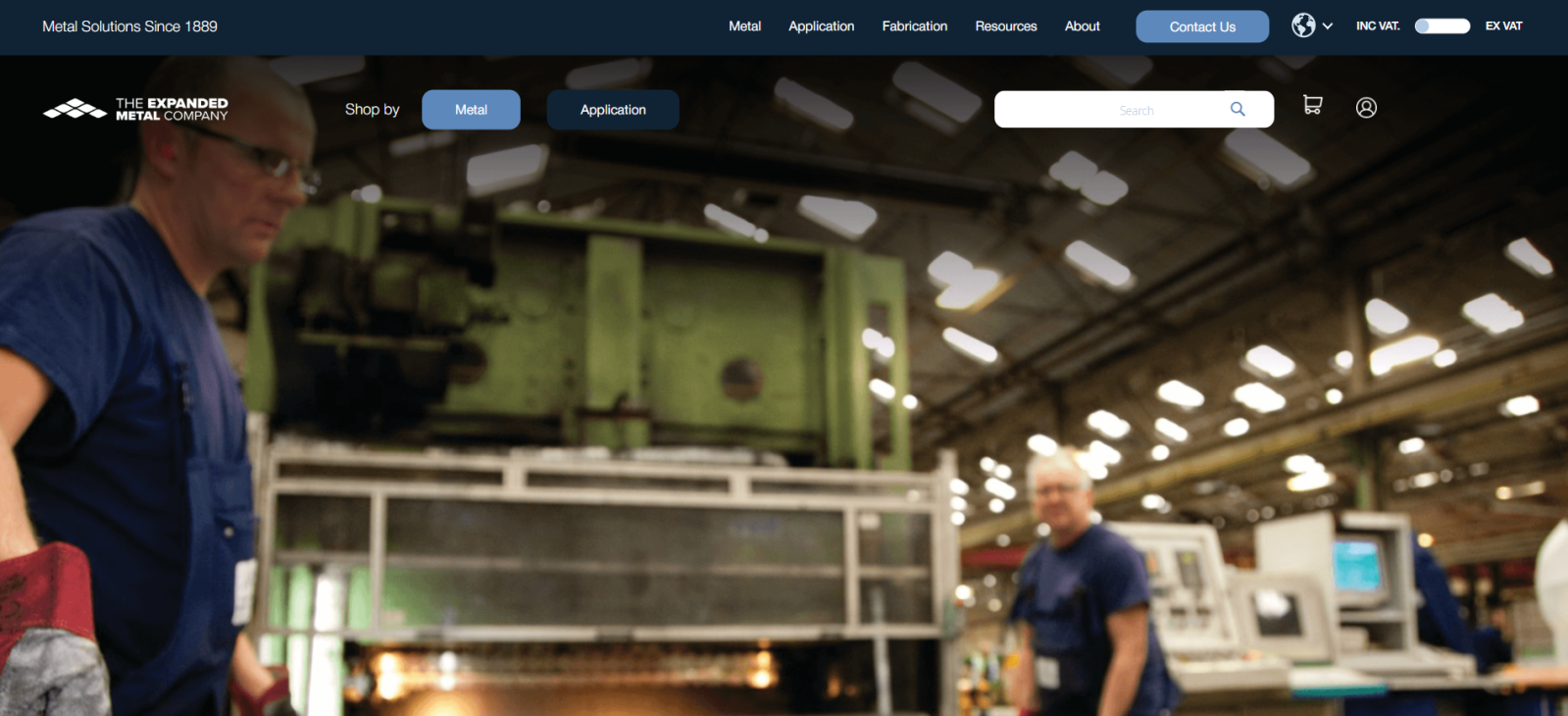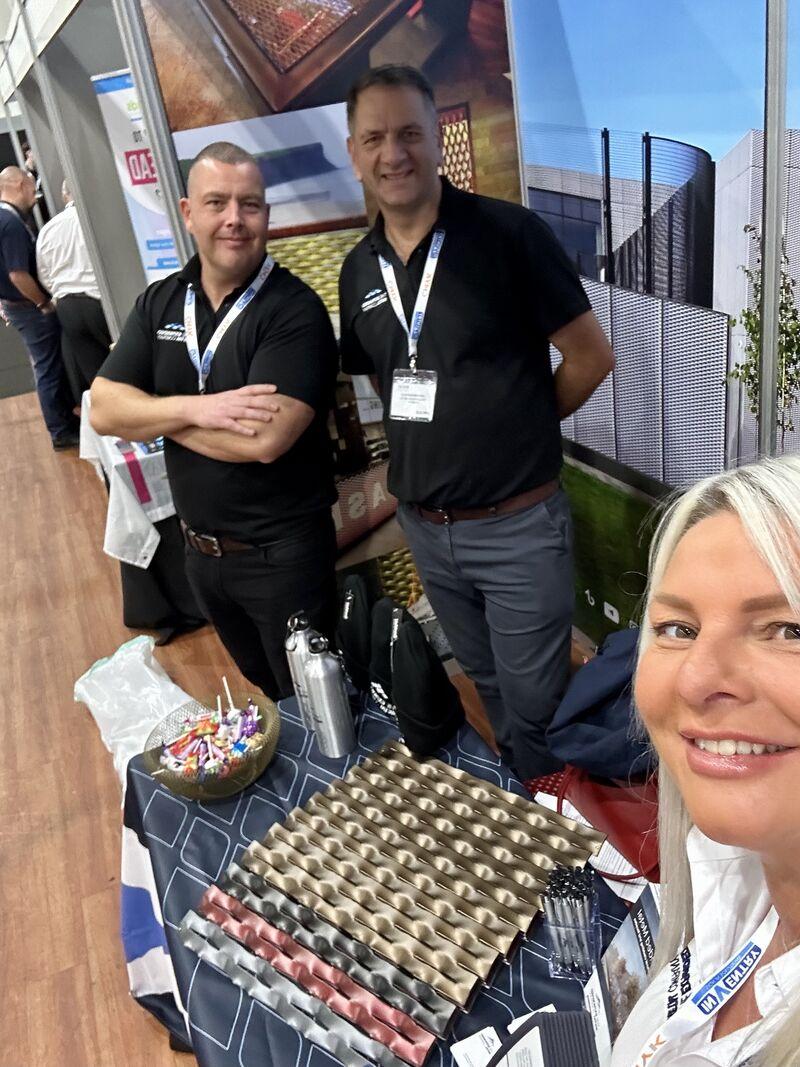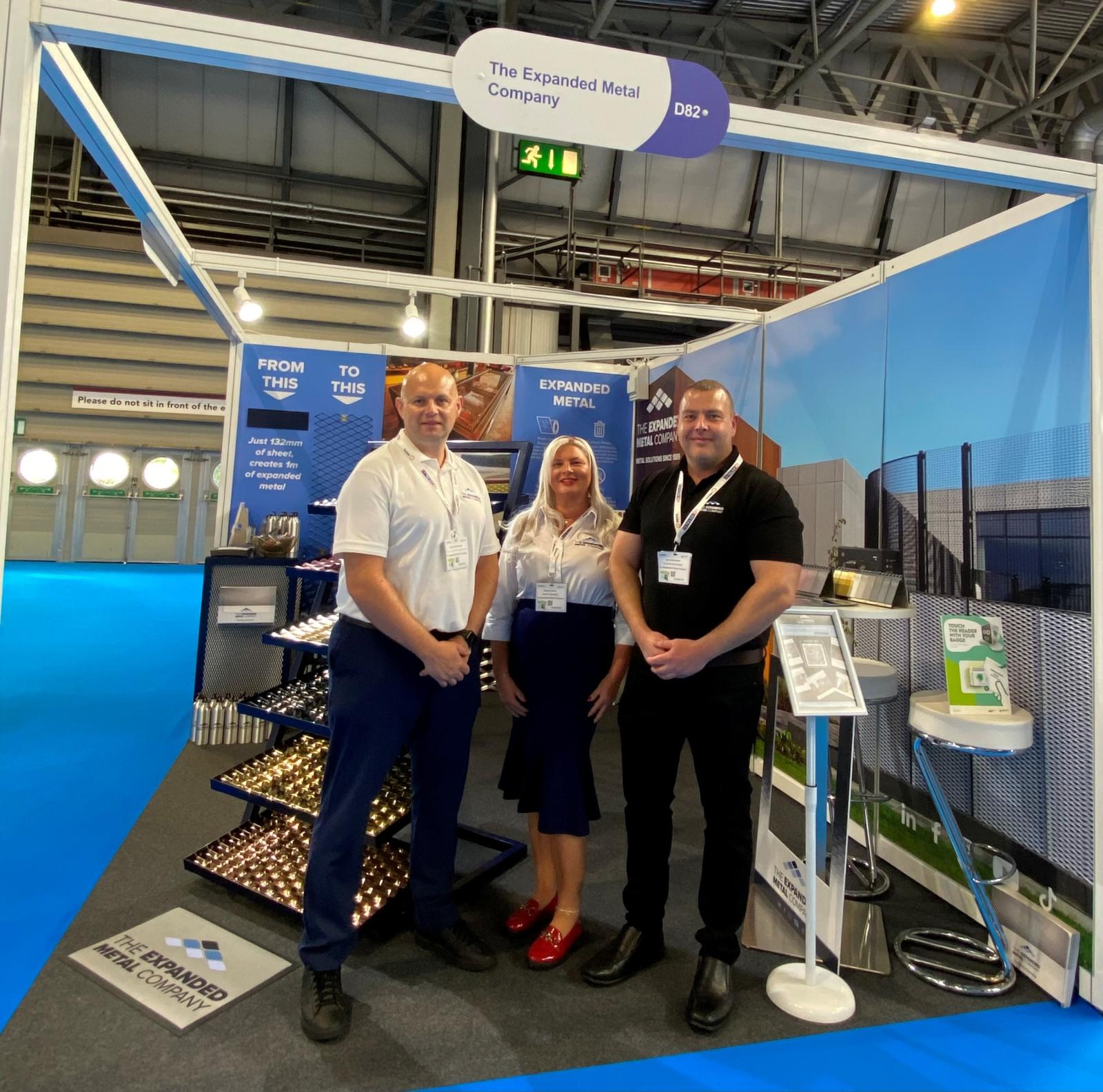Expanded metal, perforated metal, welded wire and woven wire mesh – what’s the difference?
BLOG
Expanded metal, perforated metal, welded wire and woven wire mesh – what’s the difference?
We are often asked by our customers to explain the differences between materials to help them make an informed decision on selecting the most suitable product for their application or project. A common question is: what are the differences between expanded metal, perforated metal, welded wire and woven wire mesh?
In this blog, Ian Hutchinson, Product Manager at The Expanded Metal Company, compares each product’s characteristics.
Firstly, it’s important to understand how each product is manufactured…
Expanded Metal Mesh
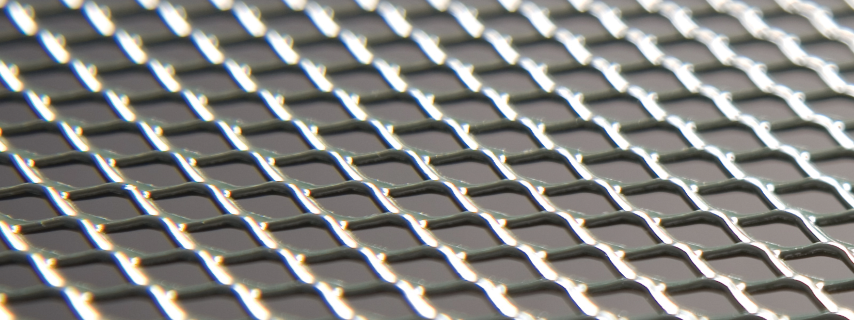
Expanded metal mesh is produced through bespoke tooling, which simultaneously slits and stretches material (stainless steel, mild steel, aluminium etc) fed from coil or plate. This produces no waste and in fact offers a greater yield of finished material than that which is originally fed into the process. Expanded metal mesh is also homogeneous by design, in that it is one single piece of material with no welds to break or wires to fray.
The expanded metal mesh manufacturing process can produce an array of mesh patterns, not solely limited to diamond shapes. Mesh strands exhibit an angular tilt that gives a three dimensional appearance: this offers practical benefits including aesthetic appeal (so it is ideal for use in architecture and interior design) and added grip (making it suitable for use in walkways, ramps and flooring). Raised mesh can also be used as a key to serve as a substrate for render and plaster.
It is also common for conventional expanded metal to then undergo a secondary process which involves flattening it to form a completely two dimensional flat sheet. Flattened mesh can be used in applications including filtration, machine guards, animal flooring, speaker grilles and electromagnetic screens.
Perforated Metal Mesh
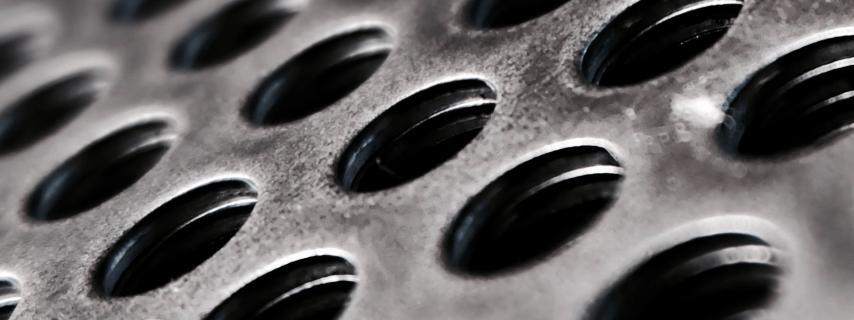
Much like expanded metal, perforated metal is produced through piercing the material with bespoke tooling to offer an array of shapes such as circles, squares and diamonds. However, unlike expanded metal, perforated metal is punched and not stretched and therefore produces waste material. This clearly has cost implications – especially if high value raw materials are used in the manufacturing process.
Welded Wire Mesh
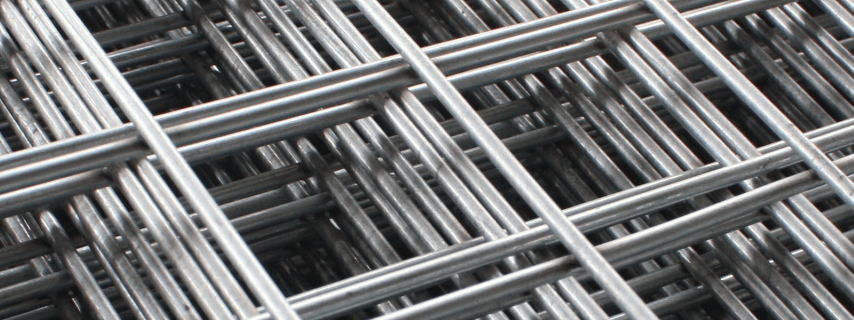
Welded wire mesh is produced by feeding an array of metal wire from independent spools, which are then appropriately spaced and welded in place. Welded wire mesh is an economical product, however its welds are prone to becoming areas of weakness when strength and longevity are to be considered – for instance in security fencing applications. Due to the nature of the welding process, material suitability is also limited.
Woven Wire Mesh
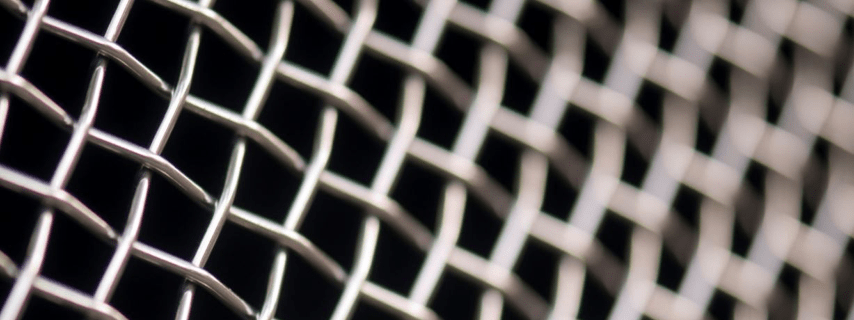
The production of woven wire mesh involves weaving metal wire at 90 degree intervals which result in a perpendicular, repetitive arrangement akin to weaving fabric for clothing. The process lends itself well to achieving very fine apertures. However, the process relies heavily on tension rather than mechanical fixing, which means woven wire is prone to fray and not ideally suited to formed components.
Now let’s summarise the benefits of each mesh…
|
|
Economy
|
Strength
|
Longevity
|
Aesthetics
|
Conductivity
|
Grip
|
Formability
|
|
Expanded Metal Mesh
|
∗∗∗
|
∗∗∗
|
∗∗∗
|
∗∗∗
|
∗∗∗
|
∗∗∗
|
∗∗∗
|
|
Perforated Metal Mesh
|
∗
|
∗∗
|
∗∗∗
|
∗∗∗
|
∗∗∗
|
∗
|
∗∗∗
|
Welded Wire Mesh
|
∗∗∗
|
∗
|
∗∗
|
∗
|
∗∗
|
∗
|
∗
|
|
Woven Wire Mesh
|
∗
|
∗
|
∗
|
∗∗
|
∗
|
∗
|
∗∗
|
You can view our full range of expanded metal here
Need a more cost effective alternative to perforated metal mesh, why not consider our Experf range?
Need an expanded metal alternative to 50x50x3 welded wire mesh, how about our Square Mesh range?
Need a more reliable alternative to woven wire mesh for formed components, why not consider our Micromesh Range?










